One Decade of Sutliff Tobacco - A Mac Baren Company
Posted by Greg Rosenberg on 26th May 2023
May 2023 marks the tenth anniversary of Mac Baren’s acquisition of the Altadis USA Pipe Tobacco Division, now Sutliff Tobacco (the original name which Mac Baren promptly restored).
The pipe tobacco operation was of little significance as a division of Altadis USA, itself a subsidiary of Imperial Tobacco. But to us with a fondness for the tobacco pipe, such motes of the vast tobacco industry matter quite a bit. So, what is there to be said of one of the longest running pipe tobacco companies being extricated from that behemoth, acquired by another historic manufacturer in the same niche?
In addition to streamlining and expanding distribution for both, the acquisition was to foster a synergy that could only be cultivated between companies with a shared investment in pipe tobacco.
“The last time this company was owned by an actual pipe tobacco company was 1969,” explained then-Sutliff President Paul Creasy in Pipes Magazine ahead of the acquisition. “Commonwealth-Altadis is in the cigarette and cigar business. Pipe tobacco is so different and so small that it doesn't even merit an asterisk in the annual report. On the other hand, the Halberg Family has owned Mac Baren Tobacco Company for 125 years. They are pipe tobacco people.”
The kinship between Richmond and Svendborg seems to have delivered. As a member of that Richmond team myself, maybe I'm a bit partial, but it's that sentimentality that compelled me to write this piece. One decade out from the union of two of the oldest pipe tobacco companies in the world, I thought I’d explore the history of each and some of what this decade has sown.
Let’s start from the very beginning—the mid-19th century.
Sutliff Tobacco origins
Tom and Henry Sutliff were young brothers from Baltimore, Maryland in the mid-19th century when they decided to make their way out west. The California Gold Rush was underway in San Francisco when the brothers opened up shop in 1849. The Sutliffs were trained cigar makers, the first manufacturers in San Francisco according to a 1924 Tobacco Journal. But the business wasn’t limited to cigars, and the shop became a popular haunt for smoking and socializing. The Tobacco Journal reports that the brothers “...stressed the retail end of the business and their store became the chief rallying point for the sailors and the miners, as well as headquarters for all Baltimorean adventurers.“¹
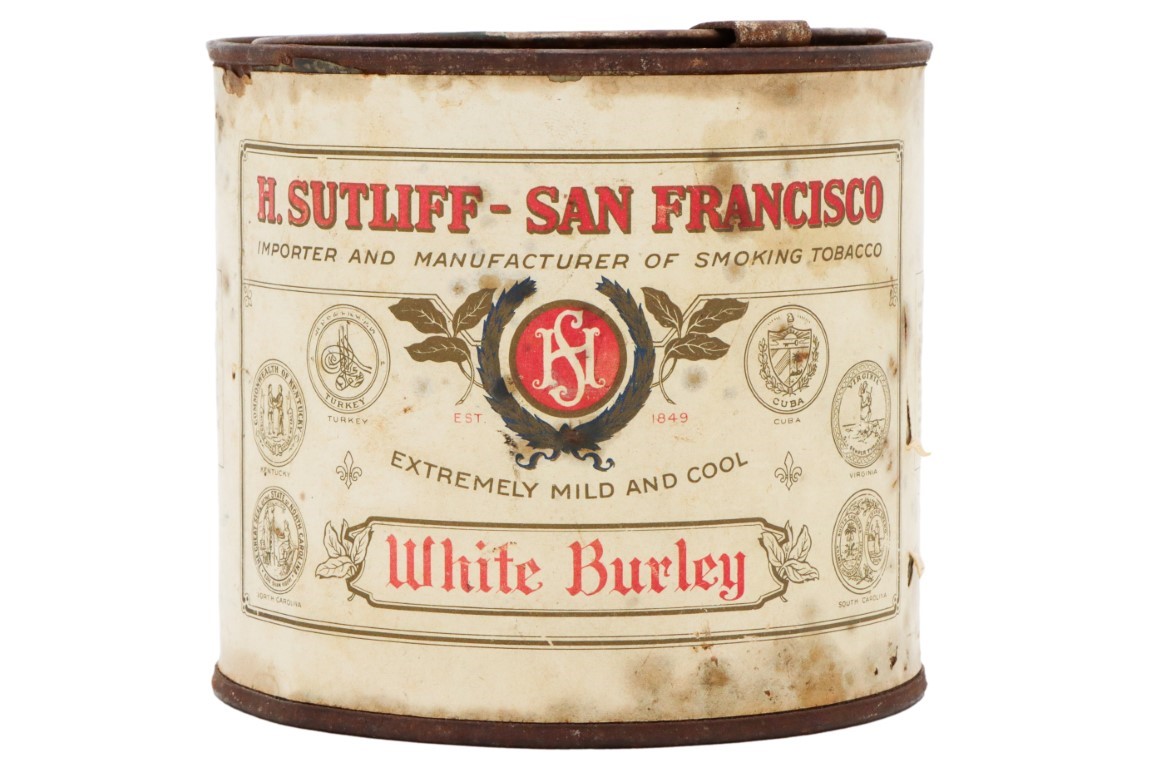
Tom would pass away and Henry would continue to run the store. Eventually, Tom's son, named Henry Sutliff after his uncle, would take on the family business. H. Sutliff’s Pipe House would stay in the family until 1969.
In a 2013 interview for the Pipes Magazine Radio Show, Creasy tells host Brian Levine that Sutliff began blending their own tobaccos in the 1880s. But it seems it would be some time before this was the primary focus. Reports from journals in the early decades of the 20th century mention a pipe repair service and sales of pipe tobacco, cigarettes, cigars, and pipes—even manufacturing calabashes from gourds harvested near Fresno, California.²
It’s hard to tell when the narrowing of focus occurred, but if not before, it was likely ushered in with the success of one infamous blend, Mixture No. 79.
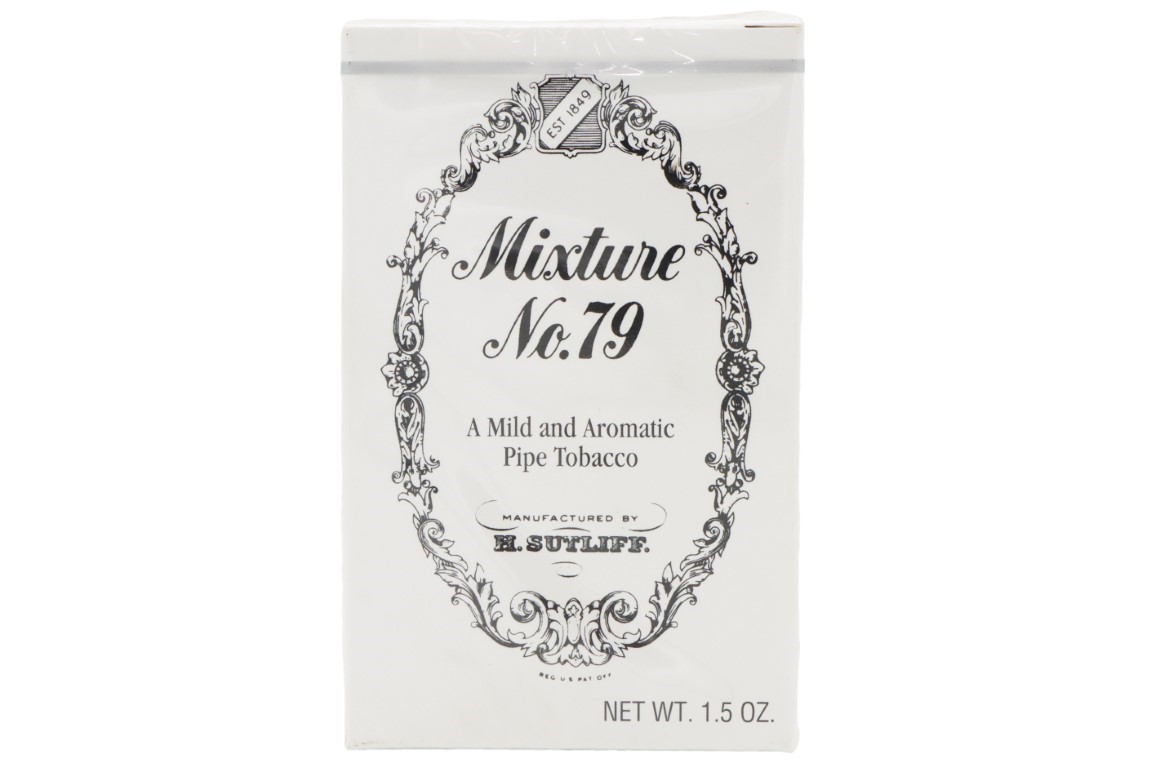
Mixture No. 79, released in 1933, became widely popular among American pipe smokers. Outgrowing their facilities and leaning full in on the manufacturing of pipe tobacco, Gordon Sutliff—founder Henry Sutliff’s great nephew—moved the company to the tobacco capital of Richmond, Virginia in 1953.
“...San Francisco was far away from the tobacco fields and warehouses located in and around Richmond, Virginia, where the Sutliffs bought most of their tobaccos,” writes Tobacco Business. “Shipping the raw materials from the southeastern United States to San Francisco incurred costs and risked damage to the precious leaf.”
Leaving the retail side and fully embracing tobacco manufacturing, this was the place to be. The factory, still occupied by Sutliff today, was set up entirely around the production of Mixture No. 79.
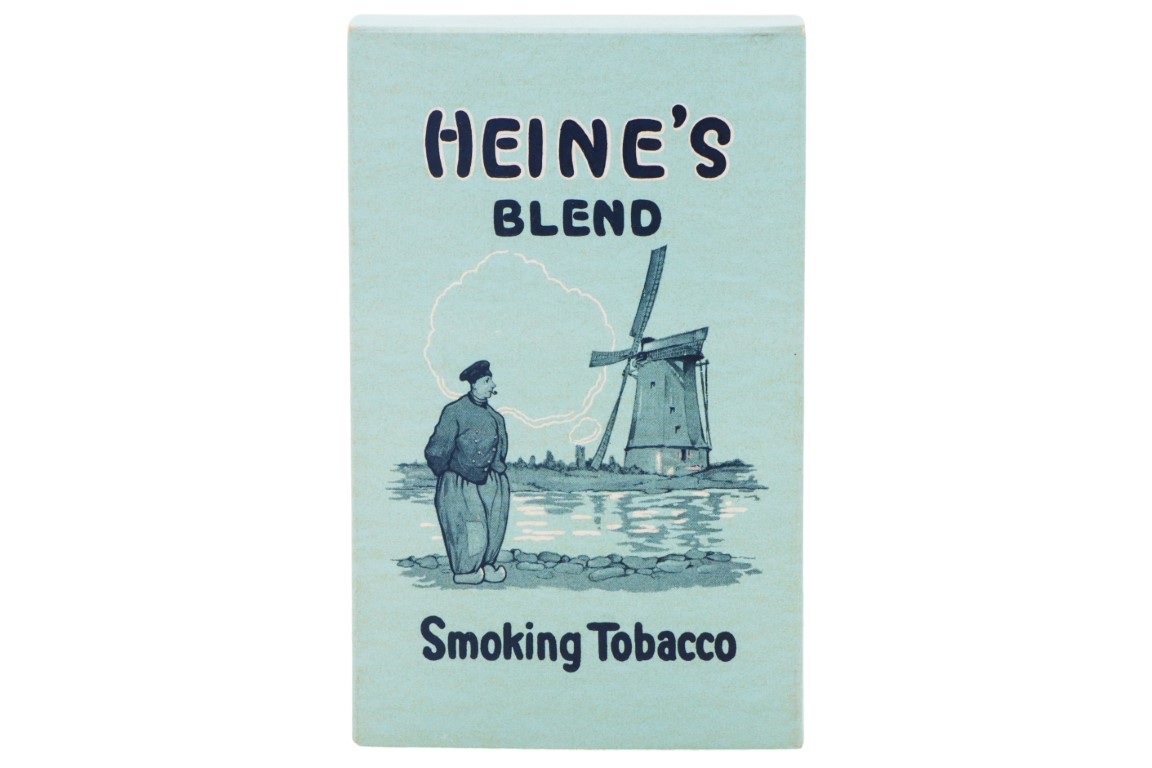
In 1963, Sutliff expanded their range with the purchase of the Heine's brand.
Finally, after 110 years, the family era came to an end when Gordon sold Sutliff to Consolidated Cigar in 1969. At least, that was the end of family ownership—Gordon would stay on until his retirement in 1989. Consolidated Cigar would go through their own string of ownerships in the decades that followed, before being bought by the French cigar monopoly, SEITA, in 1999. SEITA soon merged with Tabacalera, the Spanish tobacco monopoly, from which Altadis was formed. In 2008, Altadis was bought by Imperial Tobacco.
Expanding from the popular Mixture No. 79 and Heine's, Sutliff leaned into American smokers' growing preference for flavored Cavendish blends—today's Aromatics. The Sutliff range would be largely developed by celebrated blender Carl McAllister, who joined Sutliff in 1977 and became head blender in 2000, where he would remain until his retirement 15 years later.
Although Sutliff garnered a reputation for their Aromatic Cavendish mixtures, a style that gets criticism from purists, one can look to much of McAllister’s work to see the breadth of artistry there, including a range of still much appreciated match blends for classic mixtures, and many other offerings popular today running the gamut of blend types.
Mac Baren origins
In 1887, Harald Halberg came under ownership of S. Bønnelyckes Tobaksfabrik, a modest tobacco factory in Svendborg, Denmark, first opened in 1826. It would be renamed Harald Halberg Tobacco Factories.
The young Halberg had completed school in tobacco rolling—no small thing in 19th century Denmark. Harald’s sons, Otto and Einar, would come to take the reins. But it was under the direction of Jørgen Halberg, Einar’s son, that the company would find wide success in pipe tobacco in the mid-20th century.
Jørgen studied tobacco in the United States. His stay extended due to the outbreak of WWII, Jørgen returned to Denmark six years after his departure, ready to put his education to work. This was the beginning of the pipe tobacco brand, Mac Baren.
Using a German sounding name was not conducive to business in the postwar era, and since Danish names were easily mistaken as such, Mac Baren was chosen for its English flavor.
Quick detour for an interesting aside...
It seems similar cultural forces during WWI were imposed on the Sutliff Pipe House. A June, 1918 Tobacco Journal relays: “Henry Sutliff, well known pipe dealer and repairer, recently received an order to remove from sixty dozen pipes the lettering ‘German silver.’ San Francisco smokers do not want anything about to remind them of Germany when they are enjoying a smoke, and the order while unusual is, after all, but a natural sequence of the war.”³
This tidbit isn't exactly a substantive episode in the Sutliff story. Still, I found the parallel interesting.
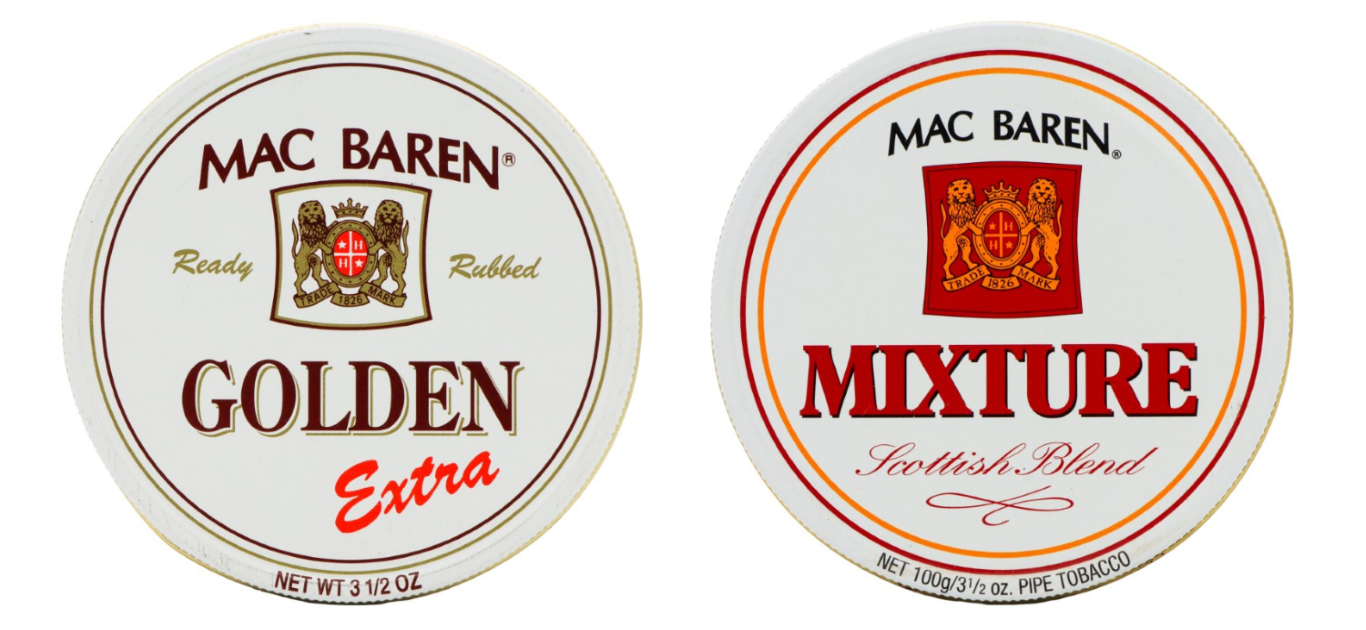
It was under the Mac Baren brand that the first hit for Halberg came in 1952, Golden Blend (Golden Extra in the US), followed by even greater reception with Mixture in 1958.
From the blends of the same period whose stars' rose with the success of Mixture, fixing them in the constellation of Mac Baren Classics (Dark Twist, Plum Cake, Virginia No. 1, etc.) to the the modern classics, such as Per Jensen’s HH Series or Seven Seas, we can likely thank the success of Mixture for the range of Mac Baren tobaccos appreciated today.
The Mac Baren brand came to eclipse Harald Halberg Tobacco in name recognition, and the company officially rebranded in 1995. With the passing of Jørgen the following year, his son Henrik Halberg took over the company.
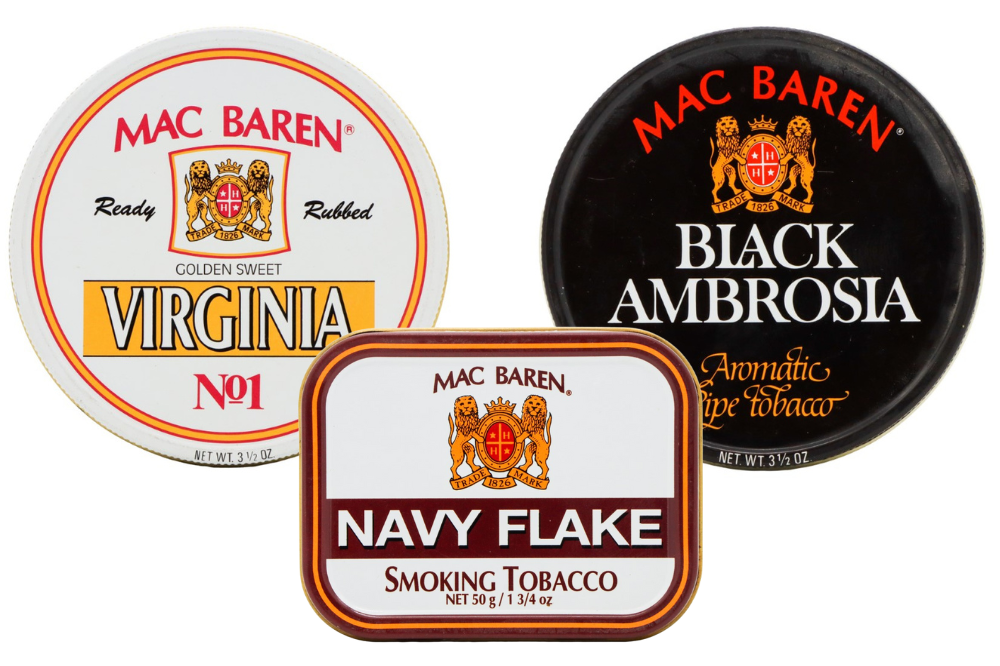
Along with Mac Baren’s own classic line-up of pipe tobacco, the blending house would manufacture other tobaccos under contract over the years. But this created complications. Taking up production of Swedish Match's Borkum Riff in 2002, this contract came to account for much of Mac Baren's business. When Swedish Match merged with Scandinavian Tobacco Group (STG) in 2009, production was moved, nearly devastating Mac Baren.
On the other side of this challenge, it was clear that depending on the endurance of volatile arrangements could not make for a secure, healthy business.
The acquisition
In May 2013, Mac Baren acquired Altadis USA Pipe Division from the Imperial Tobacco subsidiary, and promptly restored the company’s historic name—Sutliff Tobacco Company.
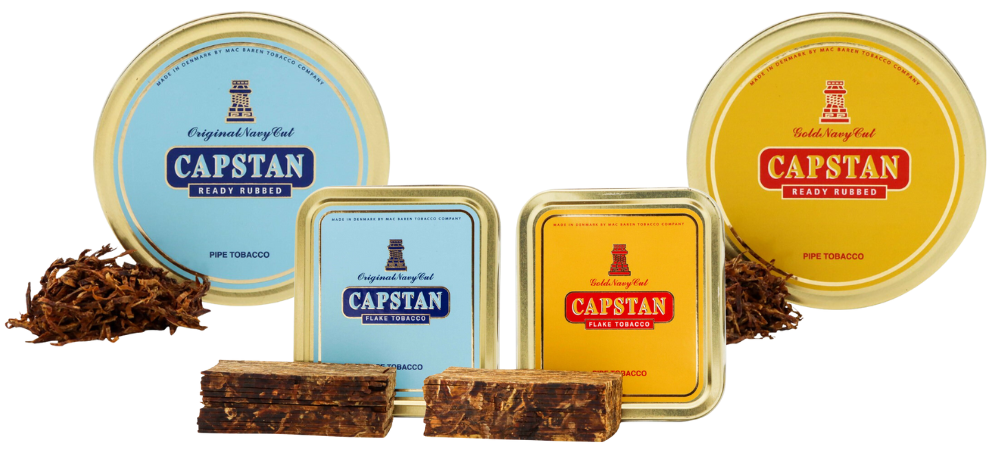
Part of this deal included license for production of Capstan and Three Nuns from Imperial, which were produced by STG at the time. Mac Baren would expand the line up, creating Capstan Gold and offering Original and Gold in both flake and ready-rubbed cuts. What’s more, these blends had been off the market in the States for 18 years. With the manufacturing move to Mac Baren, they returned to the US market, imported by Sutliff who had taken over US distribution from Phillips & Kings International.
This led to an opportunity for Mac Baren to purchase these brands they were already producing. In 2015, Imperial departed from pipe tobacco, selling Mac Baren the trademarks for Capstan, Three Nuns, Amphora, St. Bruno and many others. It was no small expenditure, but was a bold decision made with the lessons of the Borkum Riff pull out not forgotten.
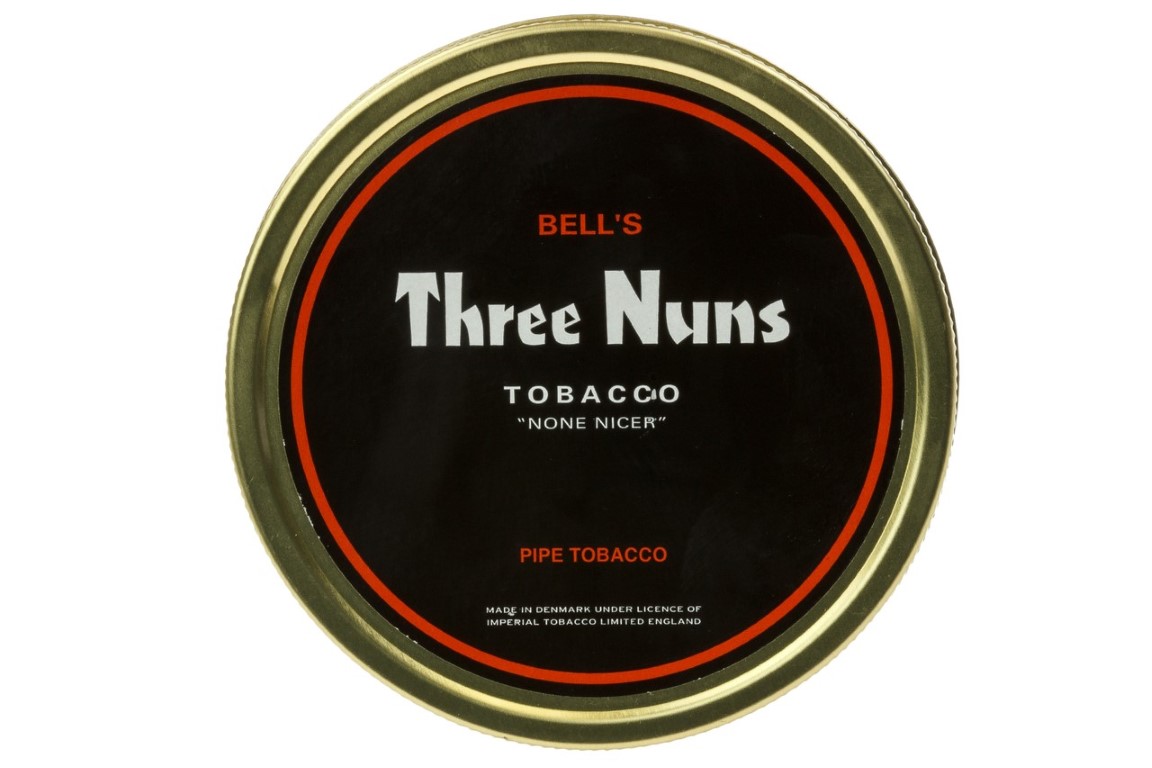
Additionally, Mac Baren would purchase the Planta portfolio in 2019. The sixty-three year old company had already stopped production earlier in the year, fully departing from the tobacco industry. Most notable among the blends acquired was Presbyterian Mixture, the historic light-English blend. Mac Baren and Sutliff would expand the line-up with, as of right now, two limited releases—Presbyterian Reformation and Ordained.
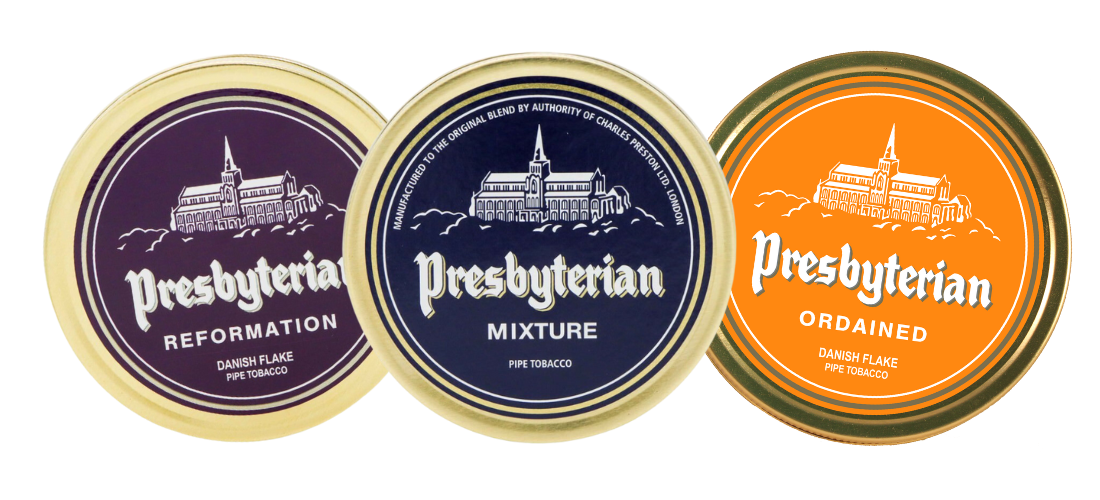
The synthesis of Mac Baren and Sutliff realized
Sutliff's prioritizing of the wide Aromatic market came with some judgement from captious aficionados. Though there had been plenty of pre-acquisition blends that spoke to Sutliff's adeptness beyond Aromatics, there were limitations to the autonomy of the blending house to pursue certain styles. It was hoped that the joining of the pipe tobacco companies may open things up for more attention to the artisan side of blending.
Creasy told Pipes Magazine in 2013, "It’s hard to make the case for a new flake that will set the pipe tobacco world tingling, but not even register on the radar of a large company—cigarette people deal in billions, cigar people deal in millions and pipe tobacco people deal in thousands. Thousands still means something to us. They don’t mean as much to very large corporations. Expect to see more new products and promotions in the future."
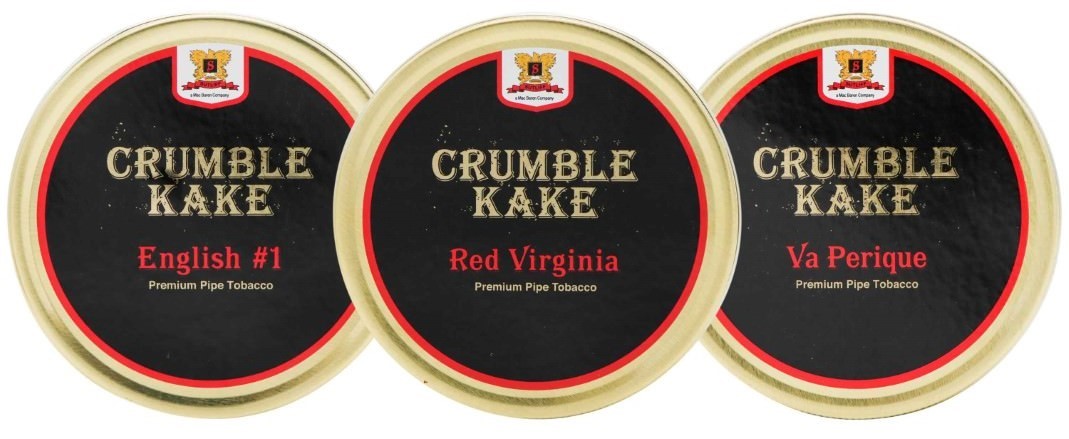
Sutliff’s presence has grown in the boutique blending side of things in the last decade with such series as Crumble Kake, Barrel Aged, and Cringle Flake, as well as introductions of popular Virginias like 507 Virginia Slices and 515 RC-1 Red Virginia. To be sure, I can't unequivocally say that none of these tobaccos would have come about if Sutliff remained Altadis Pipe Division, but I don't think it's unreasonable to glean that there was a renewed creative license.
Synergistic returns aren't always so neatly quantifiable, but there are clear examples of the fruits of this union. For starters, I've mentioned the widening of distribution for Sutliff in Europe and Mac Baren in the States.
Leaf sourcing
Then there is leaf sourcing. Henrik Halberg was notorious for sourcing fine leaf throughout the world. He would travel to anywhere quality tobacco was cultivated to secure high grade leaf for Mac Baren.
When he came across something he found special, he would purchase it. Even if not immediately of use in the Mac Baren range, he knew it would pay off (HH Old Dark Fired is a perfect example, made with Dark-Fired that Henrik bought in 1974, stored until Jensen put it to use in 2012). Sutliff now benefits from Mac Baren's tobacco stock.
“Being allied with Mac Baren gives us access to the best tobacco from around the world,” current Sutliff president Jeremy McKenna told Tobacco Business. “...We always had access to good leaf as part of Consolidated and Altadis, but they were more focused on cigars. Now we have someone whose sole focus is on pipe tobacco, and Henrik finds the best tobaccos available. He recently procured mature Red Virginia and Latakia for us; both tobaccos have been hard to source at times. His worldwide contacts have been invaluable at sourcing the world’s best and hardest-to-find tobaccos.”
Sadly, Henrik Halberg passed in 2021. The connections and hauls from his travels continue to enrich our smokes and his passion resonates still. I highly recommend this Pipes Magazine Radio Show episode in which Brain Levine and Per Jensen celebrate Henrik.
Broadening Latakia production
From the outside, it may seem that there was an abundance of Cyprian Latakia accessible for an uncomplicated (albeit, upsetting for many) transition as Syrian Latakia dwindled. But it wasn't and hasn't been that simple. Even for Cyprian, availability was inconsistent. Sutliff was stocking up anytime Latakia was available, unsure how long it'd be before they could purchase more.
In an effort to assure their continued supply, Mac Baren and Sutliff funded a Latakia processing operation.
"We got with some people and had barns built and smoked," McKenna told Old Hollywood Briar for Pipes Magazine. "I paid for a lot of mine up front in huge deposits to fund their operation because they built it from the ground up...There was a lot of trial and error I mean, they promised us a whole bunch one year and it almost got delayed a whole year. But it’s working now, it’s putting out some good Latakia, it’s a nice stable base."
Collaboration
Another begotten gift from this union is the Birds of a Feather series that just this month saw its final blend released, Paradoxical. The series was a collaboration between Sutliff and Mac Baren master blender, Per Jensen. Jensen travelled to the Sutliff factory in Richmond Virginia, and, using both Mac Baren and Sutliff leaf, blended six special mixtures, each using at least one rare tobacco.
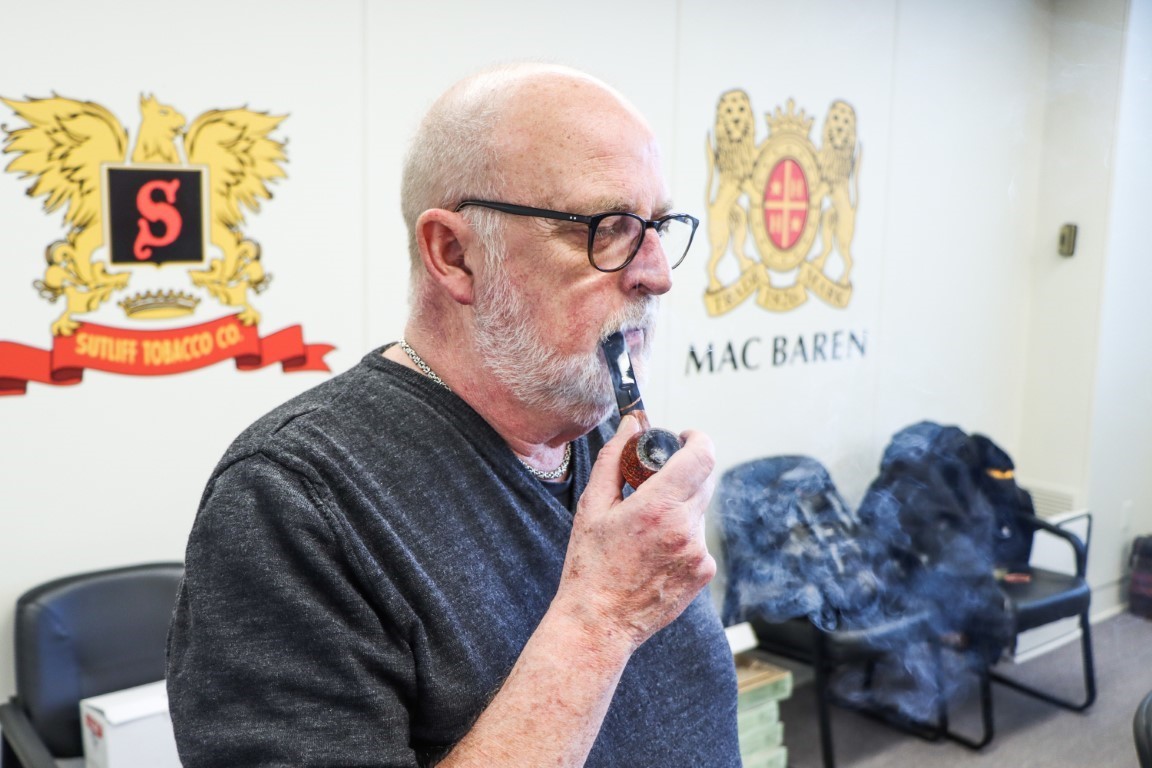
And now we have Pipe Force, the next installment in this collaboration. This time, Jensen and Sutliff have worked together to blend with never before used tobaccos, Stoved Rustica and Stoved Katerini.
As the histories of Mac Baren and Sutliff show, pipe tobacco has a long tradition, but the more than century of these companies' existence is only recent memory relative to the history of the pastime. But the pastime finds itself in a peculiar place. Uncertainty around supply and the myopic approach to legislating implores a creative, adaptable pipe tobacco industry.
From efforts to sustain supply of the tobaccos our favorite blends rely on, to imaginative blending approaches that still push the art forward, even amid restrictions limiting product development, it seems Mac Baren and Sutliff are here for the cause.
References:
- L. E. Beals. "Sutliffs, Tom and Henry, Were First Cigar Manufacturers in San Francisco." Tobacco Journal, Vol. 101, (1924)
- "Increased Cash Trade in 'Frisco." Tobacco Journal, Vol. 84, (1915)
- "'Frisco Trade Show Further Growth." Tobacco Journal, Vol. 89, (1918)

